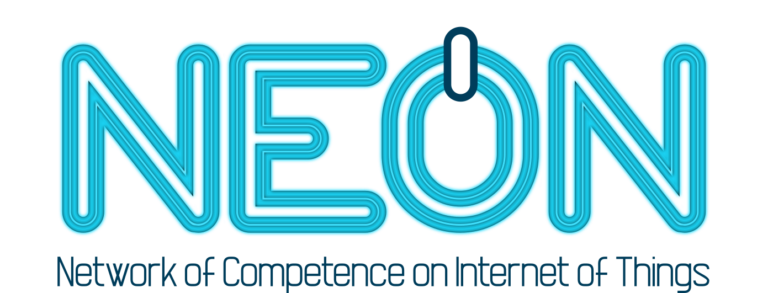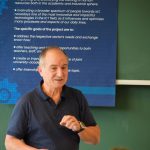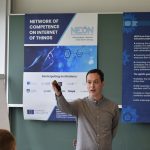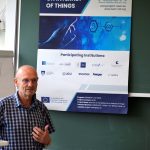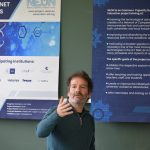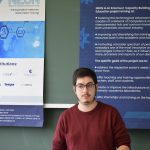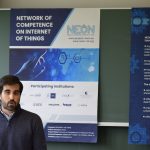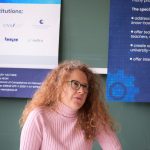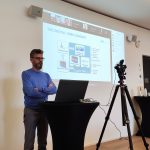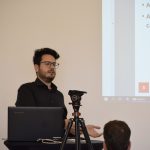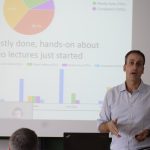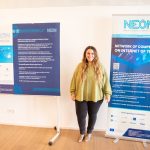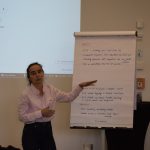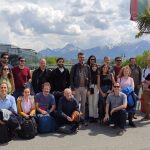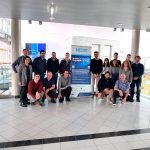As one of the objectives of the Erasmus+ NEON Project, the Latin American university partners established joint industry-academia labs with a focus on the Internet of Things (IoT). The five created joint labs are as follows:
(1) Signal Processing for Communications Laboratory (UNS)
• Testbed 1: Self-powered IoT node. Energy harvesting and wireless power transmission.
• Testbed 2: Measuring small antennas for IoT and harvesting using a Gigahertz Transverse Electromagnetic Cell (GTEM)
• Testbed 3: First steps on software-defined radios (SDR) for IoT. The role of IoT in a full communication system
(2) Communications Technology applied to IoT (UNdMP)
• Testbed 1 : Introductory testbed on IoT for different connectivity technologies (LoRa, WIFI, Zigbee, etc.)
• Testbed 2 : IoT in Smart Grids: fundamentals and applications in Smart Grids and Power Line Communications
• Testbed 3 : Microwave and Millimeter Wave Design for IoT
(3) Digital Communications Laboratory (UNC)
• Testbed 1 : IoT-based Campus Testbed. Data acquisition from IoT sensors spread over the campus.
• Testbed 2 : Digital Waveforms for IoT Applications. Waveforms in wireless communications using SDR platforms
(4) IoT for Agribusiness Laboratory (UCU)
• Testbed 1 : Battery-powered IoT devices for agribusiness. Focus on low consumption and data rates over long distances.
• Testbed 2 : Production site monitoring (sensors, actuators, camera) and data management system
(5) IoT Laboratory (UdelaR)
• Testbed 1 : Propagation and Antennas: the basics of antenna radiation, impedance, directivity, gain, polarization.
• Testbed 2 : Embedded Systems: hardware and software architectures, component integration.
• Testbed 3 : Wireless Sensor Networks: the basics of wireless sensor networks for IoT.
• Testbed 4 : Digital design for low power: power measurement, consumption estimation, power reduction techniques.
• Testbed 5 : Communications technologies for IoT. The basics of Lora, NB-IoT, 6LowPan and etc.
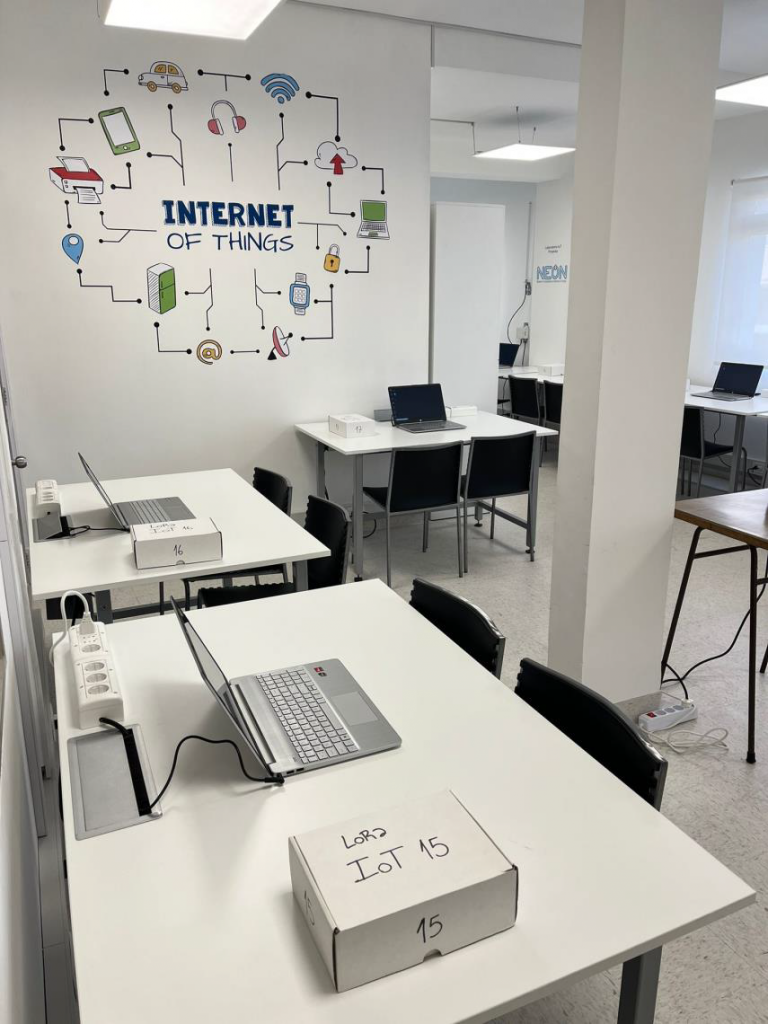
More details about the NEON-created labs can be found in the report (Deliverable D4.2).
